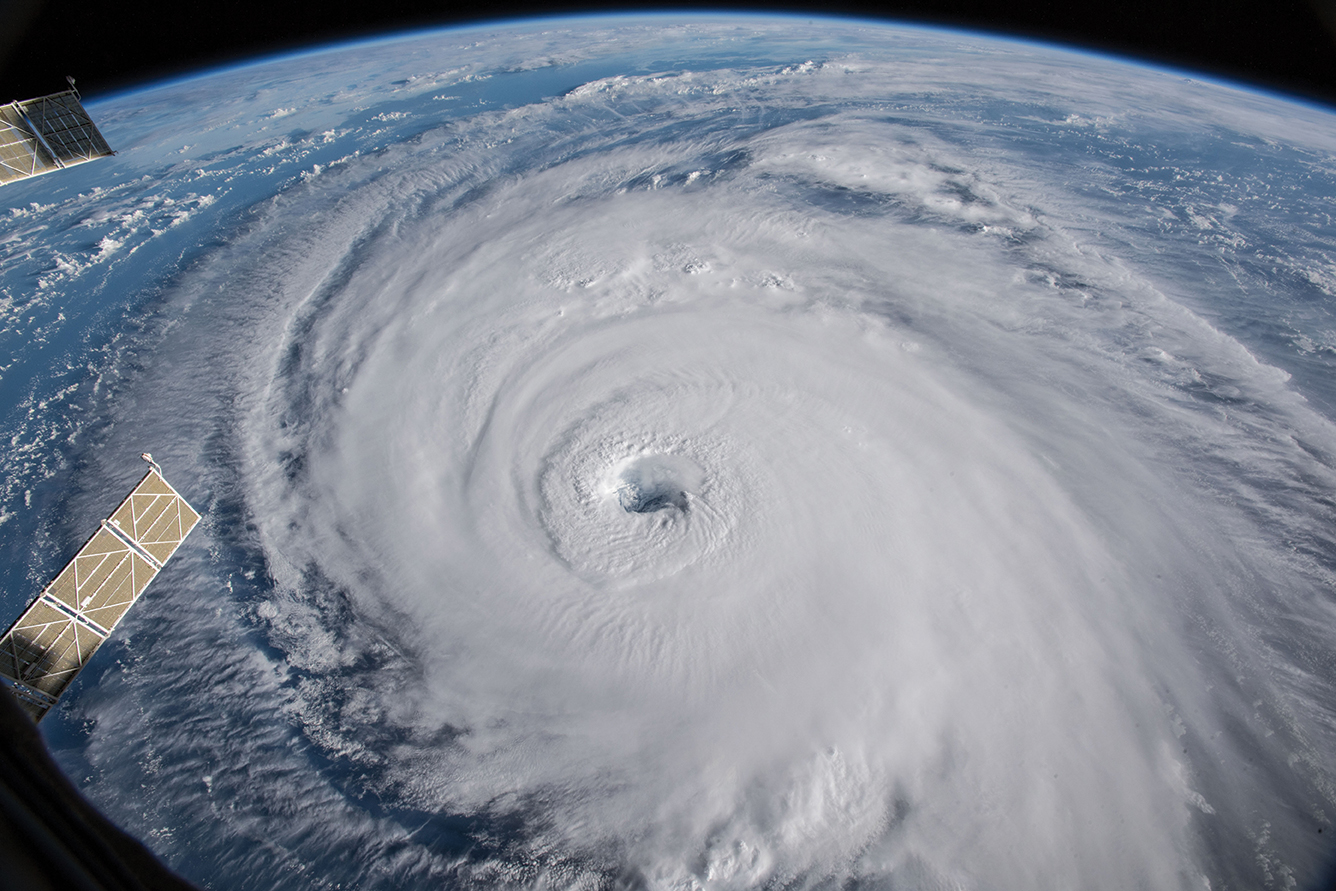After Hurricane Florence blew through the Carolinas, behind her she left river-like flooding that may not recede for days. After the flooding recedes though, many will be left with no home to return to, some cities completely destroyed.
Emergency workers have been working constantly to rescue those left behind, as well as analyze what damage has occurred. Cities like Wilmington, North Carolina, were left stunned as flood waters came, leaving people stranded.
The states have put curfews into effect, and many people are not allowed to return to their homes. Many are left wondering if their home survived.
State authorities have been working day and night to rescue those still in the dangerous areas, many cut off from the outside world due to the high flood waters.
Thirty-two have been killed thus far, by the Hurricane Florence and her aftermath, though many state officials fear this will not be it, as flood water continues to move through the Carolinas.
The sky has been a deceiving part of the Relief equation, many residents making attempts to get out on their own. Scott Dean, leading a search and rescue team out of Miami is encouraging residents not to try to cross large bodies of water because it is what is causing many to become injured or killed.
Parts of Waccamaw River near Conway, have flooded over 15 feet as of Monday, Sept. 17. Officials believe it is likely that by Friday, Sept. 21, the river will break the previous record of 17.9 feet, set just two years ago after Hurricane Matthew.

Cajun Navy Relief and Rescue, a non-profit group of volunteers from all parts of the nation, came to help aid in hurricane relief efforts. A group of them working in Lumberton, were able to rescue 40 patients from Highland Acres Nursing and Rehabilitation Home. After five hours of rescue work, all had been sent to hospitals nearby.
Pollution is a major concern for many of the state’s areas, as garbage dumps, farms and other sources of pollution are swamped with flood waters, spreading pollution. Ash dumps and hog farms are among the major concerns with area officials, though how they will respond is still in question, as waters have not yet begun to recede.
With the weather still somewhat of an issue in many parts of the East coast, Americans are left wondering when returning home is an option, and whether relief efforts will be needed outside the major coastal areas of the Carolinas.
With two tornados having touched down in Virginia and flooding across the coast, it may take months, if not years, for complete restoration.
If you want to help and can’t visit the area, check out charities to donate to like Save the Children or The American Red Cross. Also, check out local churches and school groups to see if they may be sending aid to areas affected by Hurricane Florence.
 Kelsey Fitzpatrick
Kelsey Fitzpatrick
Staff Writer

